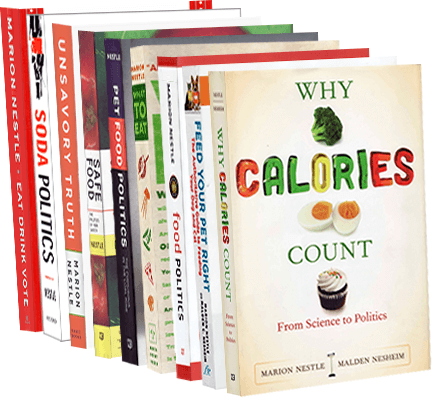Another Cargill E. coli Recall–a Biggie
I don’t know about you but I can’t keep up with them. So here is another million pound recall of hamburger contaminated with E. coli O157:H7. This time, the USDA was on the job testing hamburger at the retail level. Good work. USDA has safety rules (HACCP with pathogen reduction) for meat and poultry packers. Now, how about enforcing them? Or is that too much to ask?

